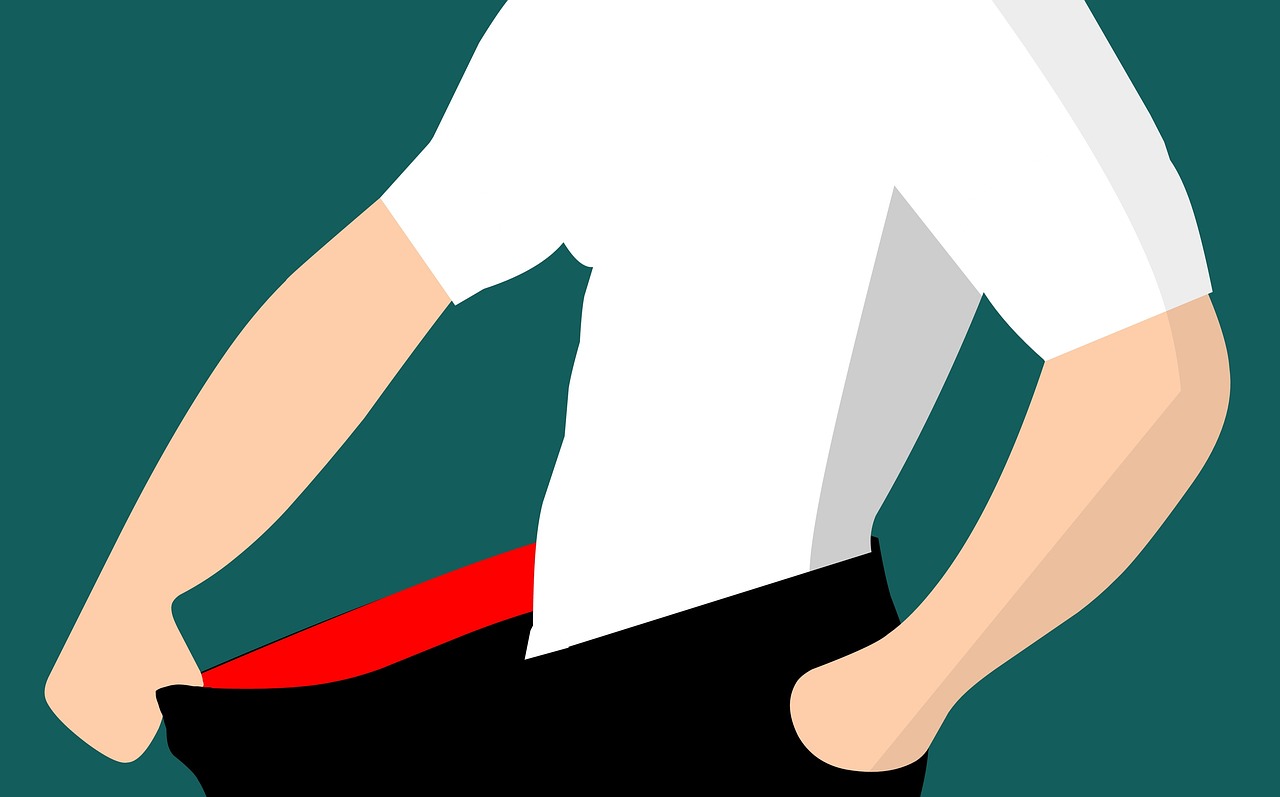Looking to shed some extra pounds and achieve a leaner physique? This article, “How To Lower Body Fat Percentage Male,” is your comprehensive guide to understanding and implementing effective strategies to reduce body fat. You’ll discover practical tips on nutrition, exercise, and lifestyle changes tailored specifically for men. Get ready to embark on a journey towards a healthier, fitter you! Have you ever wondered what it takes to lower your body fat percentage effectively? Trimming down isn’t just about hitting the gym or sticking to a fad diet. It’s about understanding and implementing a holistic approach that includes diet, exercise, and lifestyle changes. Whether you’re a seasoned gym-goer or just starting your fitness journey, this guide will provide you with practical tips and strategies to help you reach your goals. Let’s dive into the specifics of how you can lower your body fat percentage and achieve a healthier, more defined physique.

Understanding Body Fat Percentage
What is Body Fat Percentage?
Body fat percentage refers to the proportion of fat in your body compared to everything else (like muscles, bones, ligaments, etc.). It’s a better indicator of health than just your weight because it differentiates between fat and non-fat mass.
Why is Lowering Body Fat Important?
Reducing body fat percentage is crucial not only for aesthetics but for your overall health. High body fat percentages are associated with a range of health issues such as heart disease, diabetes, and other metabolic disorders. Plus, a lower body fat percentage can enhance your physical performance and overall well-being.
Setting Realistic Goals
Determine Your Current Body Fat Percentage
Before you set off on your journey, it’s important to know where you currently stand. You can determine your body fat percentage through various methods:
| Method | Accuracy | Description |
|---|---|---|
| Skinfold Calipers | Moderate | Measures the thickness of fat at specific body parts. |
| Bioelectrical Impedance | Moderate to Low | Sends a small electrical current through your body to estimate fat content. |
| DEXA Scan | High | Uses X-rays to differentiate between bone mass, fat mass, and muscle mass. |
| Hydrostatic Weighing | High | Measures your body density by submerging you in water; considered one of the most accurate methods. |
Set Achievable Targets
Once you know your current body fat percentage, set a realistic goal. Aim for a reduction rate of 1-2% a month. Extreme goals can be counterproductive and lead to muscle loss or other health issues.
Nutrition is Key
Caloric Intake: Quality Over Quantity
Reducing your body fat starts with managing your caloric intake. However, it’s not just about eating less; it’s about eating the right things.
Calculate Your Daily Caloric Needs
Use formulas like the Harris-Benedict Equation to find your Basal Metabolic Rate (BMR). Then multiply it by your activity level to get your Total Daily Energy Expenditure (TDEE).
| Activity Level | Multiplier |
|---|---|
| Sedentary (little or no exercise) | BMR x 1.2 |
| Lightly Active (light exercise 1-3 days/week) | BMR x 1.375 |
| Moderately Active (moderate exercise 3-5 days/week) | BMR x 1.55 |
| Very Active (hard exercise 6-7 days a week) | BMR x 1.725 |
| Super Active (very hard exercise, physical job, or training twice a day) | BMR x 1.9 |
Consume fewer calories than your TDEE to create a caloric deficit, but make sure the deficit is sustainable.
Opt for Nutrient-Dense Foods
Choose foods rich in nutrients but low in calories to meet your body’s needs without overeating. Focus on:
- Lean Proteins: Chicken, fish, tofu, legumes
- Complex Carbohydrates: Whole grains, vegetables, fruits
- Healthy Fats: Avocado, nuts, olive oil
Macronutrient Composition
Understanding and balancing your macronutrients—proteins, fats, and carbohydrates—is critical.
Protein
Proteins should be a cornerstone of your diet. Aim for 1.2 to 2.2 grams of protein per kilogram of body weight. Protein supports muscle retention and repair, which is essential when you are in a calorie deficit.
Carbohydrates
While reducing your carbohydrate intake can help, they shouldn’t be entirely eliminated. Focus on complex carbs that provide sustained energy and contain fiber, aiding in digestion and satiety.
Fats
Healthy fats are essential for hormone regulation and overall health. Aim for fats to make up around 20-30% of your daily caloric intake. Prefer sources like fish oil, avocados, and nuts.
Exercise Fundamentals
Cardiovascular Training
Cardio helps burn calories and improve heart health. There are different types of cardio, and each has its own benefits.
Steady-State Cardio
Steady-state cardio involves maintaining a consistent, moderate pace over a period. Activities include jogging, cycling, or swimming. The aim is to keep your heart rate in the fat-burning zone, which is roughly 60-70% of your maximum heart rate.
High-Intensity Interval Training (HIIT)
HIIT involves short bursts of intense activity followed by short recovery periods. For example, sprinting for 30 seconds followed by walking for a minute. HIIT can burn a lot of calories in a short amount of time and also improves cardiovascular fitness.
Strength Training
While cardio is important, strength training should not be overlooked. Lifting weights helps you build and maintain muscle, which in turn increases your resting metabolic rate (RMR).
Compound Movements
Focus on compound movements like squats, deadlifts, and bench presses. These exercises work multiple muscle groups simultaneously, making your workouts more efficient.
Progressive Overload
Continuously challenge your muscles by gradually increasing the weight, repetitions, or intensity of your exercises. This encourages muscle growth and strength gains.
Flexibility and Recovery
Flexibility exercises and proper recovery are often overlooked but are just as important.
Stretching and Yoga
Incorporate activities like stretching and yoga to improve flexibility, which can also minimize the risk of injuries and improve your overall performance.
Rest and Sleep
Make sure to include at least one rest day per week and aim for 7-9 hours of sleep per night. Good sleep is crucial for recovery and overall health.
Monitoring Progress
Keep a Food Diary
Track what you eat to stay accountable and recognize patterns. Apps like MyFitnessPal can help you keep tabs on your macronutrient intake and caloric consumption.
Regular Weigh-ins
Weigh yourself regularly but don’t obsess over the scale. Muscle mass can offset weight loss, so make sure to use other metrics like measurements and photos.
Body Measurements
Measure key areas such as your waist, hips, and arms every few weeks to track your progress more accurately than just using a scale.
Lifestyle Factors
Hydration
Staying hydrated can aid in fat loss. Water helps regulate your body’s processes, including metabolism.
How Much Water?
Aim for at least 3 liters of water per day. If you exercise heavily or live in a hot climate, you may need more.
Stress Management
Chronic stress can lead to higher levels of cortisol, a hormone that encourages fat storage, particularly around the midsection.
Stress-Reduction Techniques
Consider activities like meditation, yoga, or even hobbies that you enjoy to keep stress levels in check.
Social Support
Having a support system can make a big difference in your journey to lower body fat. Share your goals with friends or join fitness groups to stay motivated.
Supplements: Do You Need Them?
Protein Powders
If you struggle to hit your daily protein goals through food alone, protein powders can be a convenient option.
Creatine
Creatine can help improve performance in high-intensity exercises and may aid in muscle growth, which can eventually help in reducing body fat percentage.
Fat Burners
While not a magic solution, some fat burners can aid in your overall fat loss strategy. Look for those containing caffeine, green tea extract, or other scientifically backed ingredients.
Multivitamins
A good multivitamin can help ensure you’re not missing out on essential nutrients, especially if you’re on a restricted diet.
Conclusion
Lowering your body fat percentage involves a balanced approach that includes an understanding of your current status, realistic goal-setting, proper nutrition, a well-rounded exercise regimen, and attention to lifestyle factors. While the journey may be challenging, the rewards of improved health, better physical performance, and enhanced self-esteem are well worth the effort. Stay consistent, be patient, and don’t hesitate to seek support when needed. Here’s to a healthier, fitter you!




